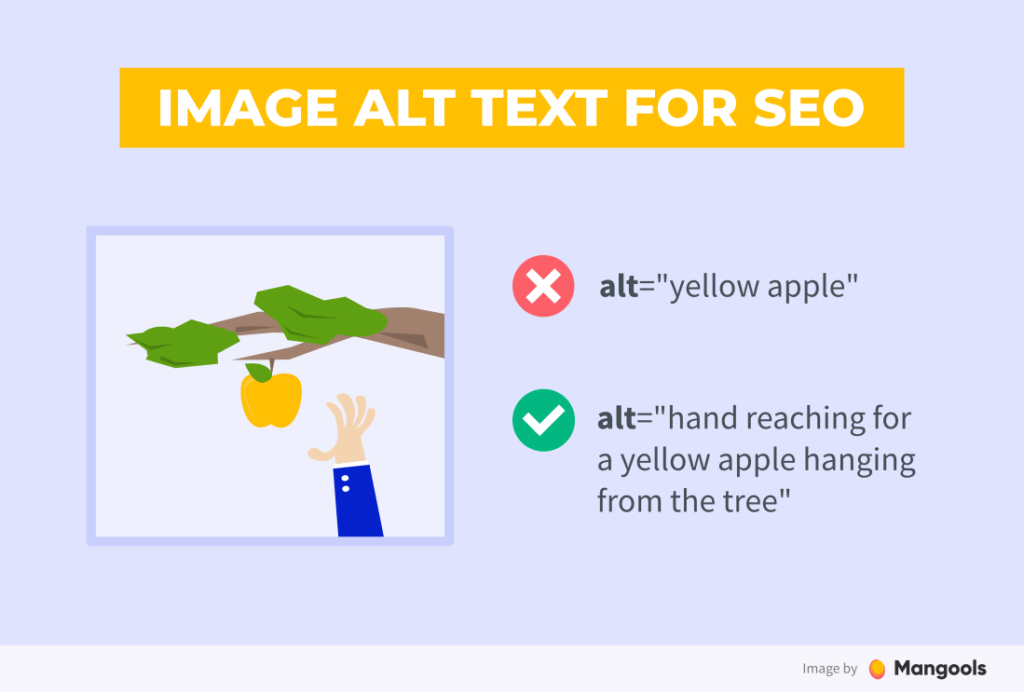 In today’s digital landscape, alt text has emerged as a powerful yet often underutilized tool for both SEO and accessibility. When Google’s John Mueller recently emphasized its importance in connecting images to page context, it became clear that mastering alt text is no longer optional – it’s essential for modern SEO success.
In today’s digital landscape, alt text has emerged as a powerful yet often underutilized tool for both SEO and accessibility. When Google’s John Mueller recently emphasized its importance in connecting images to page context, it became clear that mastering alt text is no longer optional – it’s essential for modern SEO success.
What Exactly is Alt Text?
Alt text (alternative text) serves as a brief description of an image’s content and purpose. While primarily designed to help visually impaired users understand images through screen readers, it also plays a crucial role in helping search engines comprehend and index your visual content effectively.
The SEO Power of Alt Text
Search engines can’t interpret images the way humans do – they rely on alt text to understand what they’re looking at. But here’s the key: modern SEO isn’t about simply stuffing keywords into your alt text. Google’s sophisticated algorithms now focus on context, relevance, and user experience.
Getting Alt Text Right: Insights from Google
Mueller recently shared some valuable perspective on effective alt text usage:
“Just knowing that the image is of a beach doesn’t really give sufficient background information,” he explained. “A photo of a beach might be a relaxing poster, it might be the beach from a hotel, it could be the site of a chemical spill.”
His point? Context matters. Generic descriptions like “photo of a beach” fall short. Instead, your alt text should tell a more complete story that aligns with your page’s purpose.
5 Best Practices for Alt Text in 2024
- Keep It Descriptive But Brief: Write clear descriptions under 125 characters that screen readers can easily process.
- Use Natural Keywords: Include relevant keywords, but only when they fit naturally into your description. Avoid forced keyword stuffing.
- Maintain Content Alignment: Ensure your alt text reflects your page’s overall context. If you’re showcasing a hotel, focus on relevant amenities and features rather than generic scene descriptions.
- Be Cautious with AI: While AI can generate basic alt text, it often misses crucial context. Always review and enhance AI-generated descriptions.
- Prioritize Accessibility: Remember alt text’s primary purpose: helping visually impaired users understand your content. Make your descriptions meaningful and contextual.
Moving Forward
As search engines continue to evolve, the importance of well-crafted alt text will only grow. By implementing these best practices, you’re not just improving your SEO – you’re creating a more accessible and user-friendly website for everyone.
Looking to enhance your website’s SEO and accessibility? Start by auditing your current alt text practices and implementing these guidelines. Your users – and search engines – will thank you.
Want to learn more about optimizing your website’s SEO? Stay tuned for more insights and best practices.
Contact us to discuss how we can help optimize your website’s SEO strategy.
